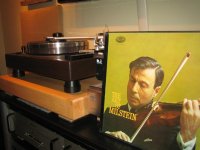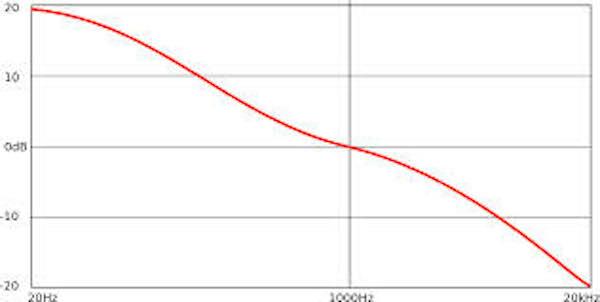FlexibleAudio
Member
Paul-Yes, I will be writing a review of the Trumpet Reference phono preamp. Unfortunately, I have only heard the Doshi phono preamp at RMAF and not my house so I will not be able to make a comparison. I do think the price of the Doshi is more dear than the Trumpet Reference, but maybe that doesn't matter at these price points. I know that Nick is constantly improving his phono section and the latest version is totally geeked out with meters to help facilitate cartridge setup. Myles wrote a review of the Doshi phono preamp which is now at least one generation behind the current Doshi phono preamp.
I know my favorite room at RMAF 2013 was the room Larry from Paragon Sight and Sound had set up. Nick was there with his phono preamp and tape preamp (not to mention a pair of his amps) along with a Studer A80 from Bruce Brown. Tape sounded great and so did the vinyl setup they were using. I had to force myself to leave this room in order to listen to the other rooms at the show and I kept coming back in order to relax and just hear great sounding music.
Yes, I have been anxiously waiting for Myles to get Nick's new 3.0 to do a review. (I think he is getting tired of me bugging him.)



